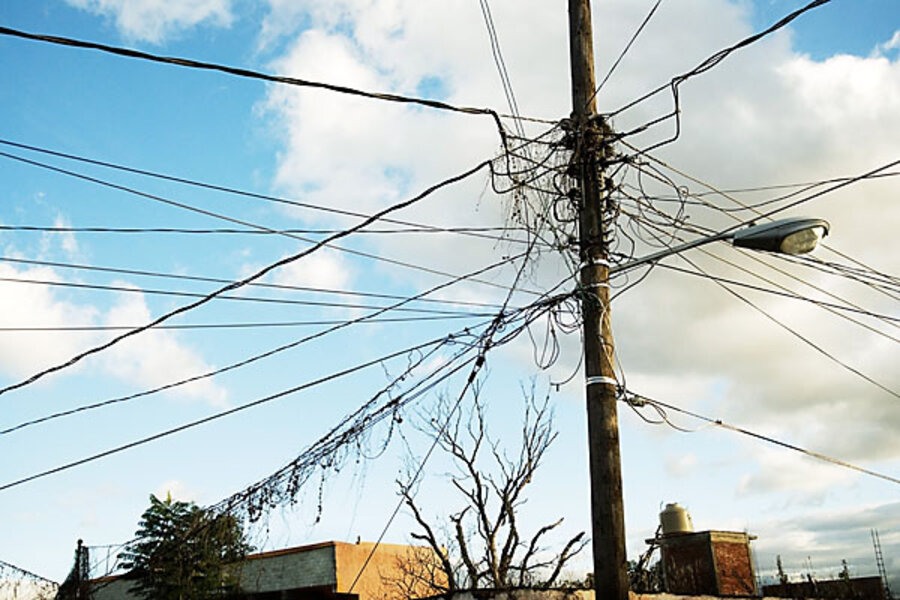Mexico has two nuclear reactors, called Laguna Verde 1 and 2, that generate 5 percent of the country’s electricity. Both are located in Veracruz, which is on Mexico's southeastern coast. The first was constructed in 1976 and connected to the grid in 1989. The second was constructed in 1977 and connected to the grid in 1994. The most recent earthquake in Veracruz took place on Feb. 25, 2011, and registered 6.0 on the Richter scale.

Helene Cyr/Design Pics/Newscom
Power lines in Mexico are shown. Mexico has two nuclear reactors that generate about 5 percent of the country's electricity.




